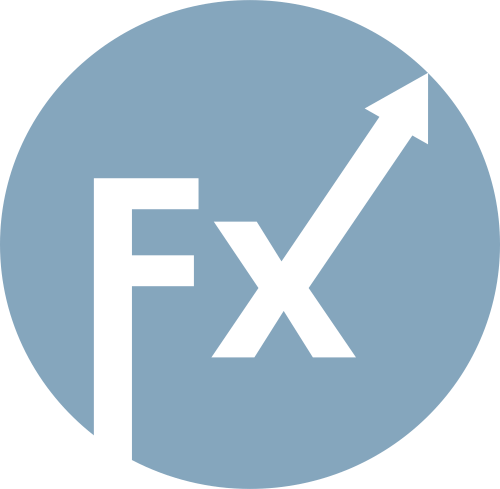The data scheduled for the second half of the day is very important. This includes the U.S. Consumer Price Index (CPI) for November and the CPI excluding food and energy prices, which is even more significant. If U.S. inflation rises sharply, the Federal Reserve will likely adopt a more conservative approach to rate cuts in the near future. If the data aligns with economists' forecasts, the Fed will likely ease its policy next week, potentially weakening the dollar against the euro in the short term.
If pressure on the pair persists after the data release, I prefer to act around the new support level of 1.0464. A false breakout at this level would be an appropriate condition to increase long positions, targeting a return to 1.0503, which previously acted as support this morning. A breakout and retest of this range would confirm the entry point for buying with a target of 1.0539. The ultimate target will be the 1.0565 high, where I will take profits. Testing this level would revive the euro's bullish potential.
If EUR/USD declines and shows no activity around 1.0464 in the second half of the day (which seems likely), pressure on the pair will only increase, leading to a larger drop in the euro. In this case, I will only act after a false breakout around the 1.0430 support level. I plan to buy immediately on a rebound from 1.0394 with a target of a 30-35 point correction within the day.
If the euro rises amid sharply reduced U.S. inflationary pressure, protecting the resistance level of 1.0539 will be the sellers' priority for the second half of the day. A false breakout there, as described above, will provide a good entry point for short positions, aiming for support at 1.0503. A breakout and consolidation below this range, followed by a retest from below, would be another viable option for selling, with a target at the 1.0464 low, which would return control to the bears. The ultimate target will be the 1.0430 area, where I will take profits.
If EUR/USD rises in the second half of the day and bears fail to act actively at 1.0539 (where moving averages are also located and favor the sellers), I will delay selling until the next resistance at 1.0565. I will also sell there but only after a failed consolidation. I plan to open short positions immediately on a rebound from 1.0593 with a target of a 30-35 point downward correction.

The COT Report (Commitment of Traders) for December 3 showed a significant increase in both short and long positions, leaving the market dynamics largely unchanged. Key inflation data from the U.S. is forthcoming and will determine the future direction of U.S. monetary policy and the dollar. If the numbers are uneventful, the Fed will likely lower interest rates, weakening the dollar further. According to the COT report, long non-commercial positions increased by 11,359 to 167,693, while short non-commercial positions rose by 12,839 to 225,182. As a result, the gap between long and short positions fell by 463.


SZYBKIE LINKI